Unit 12 Where did you go? 课件(44张PPT,内嵌音频)
文档属性
| 名称 | Unit 12 Where did you go? 课件(44张PPT,内嵌音频) | 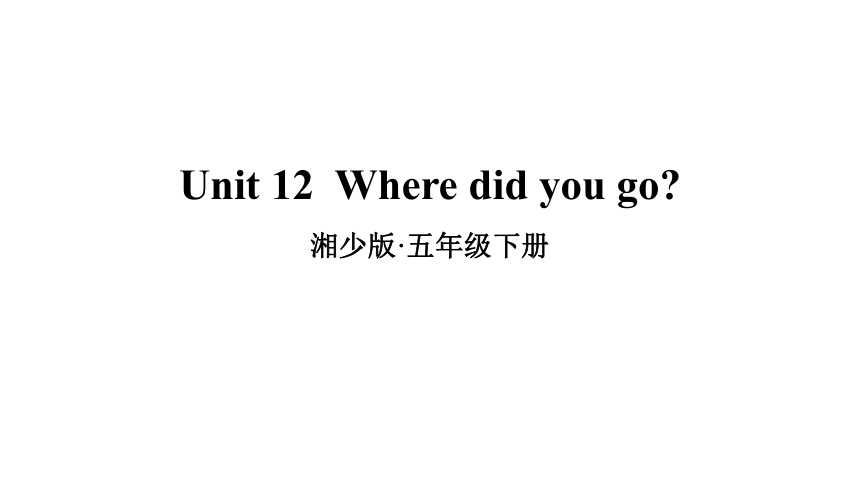 | |
| 格式 | zip | ||
| 文件大小 | 12.6MB | ||
| 资源类型 | 教案 | ||
| 版本资源 | 湘少版 | ||
| 科目 | 英语 | ||
| 更新时间 | 2020-06-02 18:42:23 | ||
图片预览

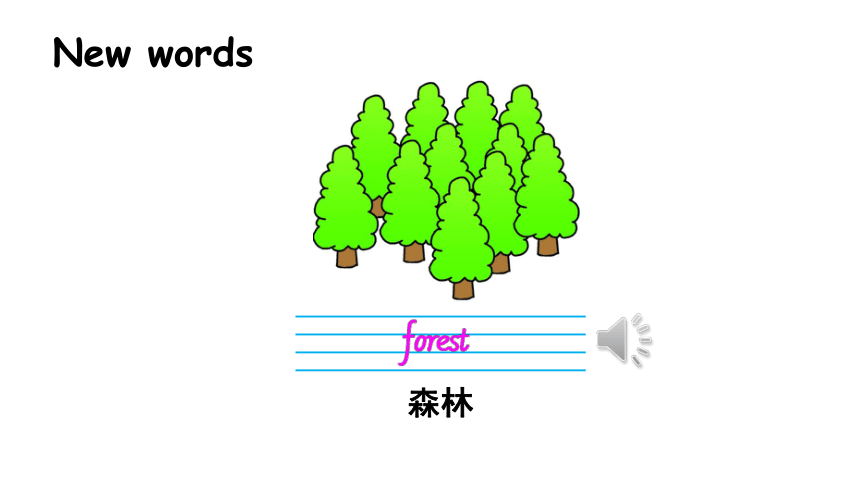
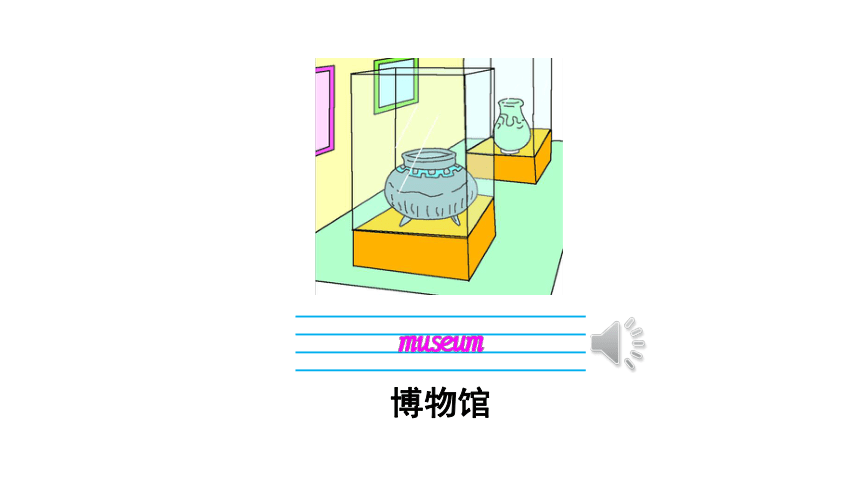
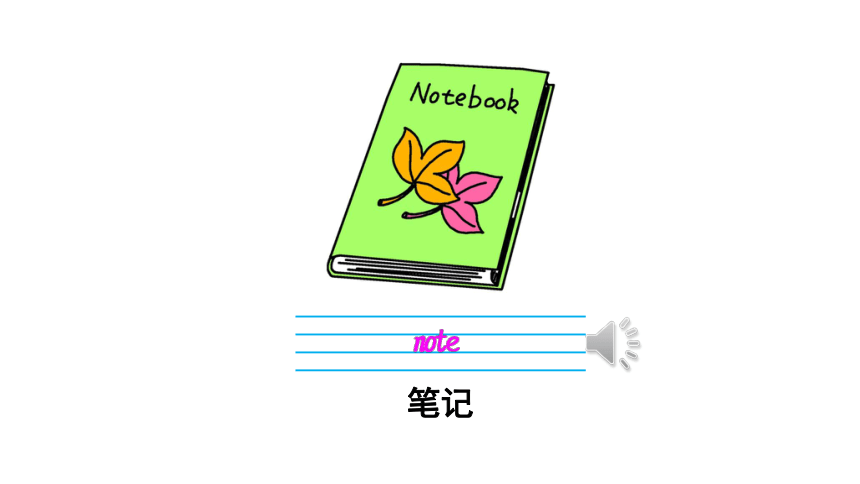
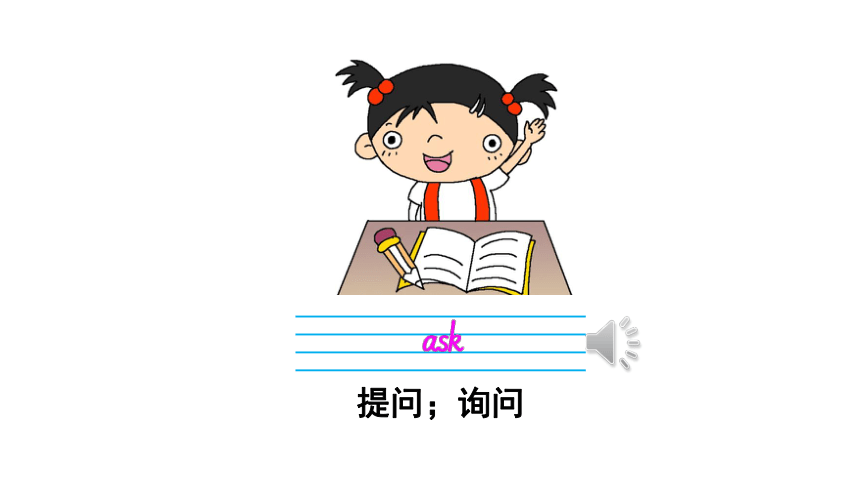


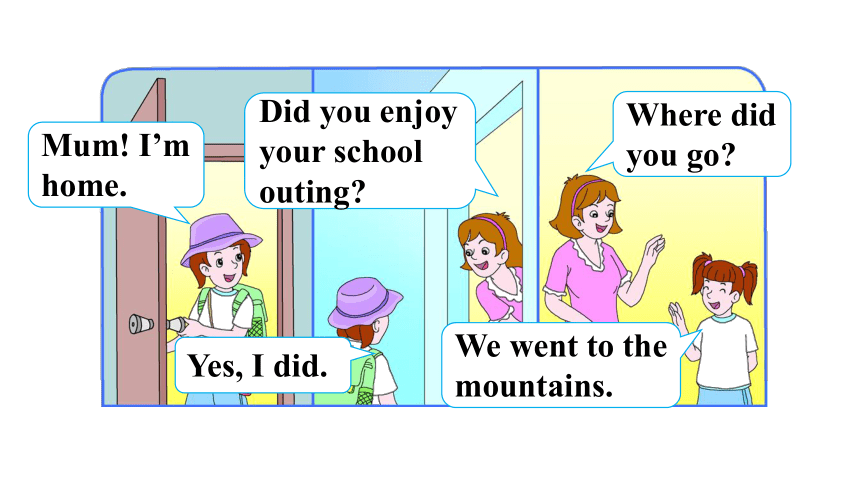
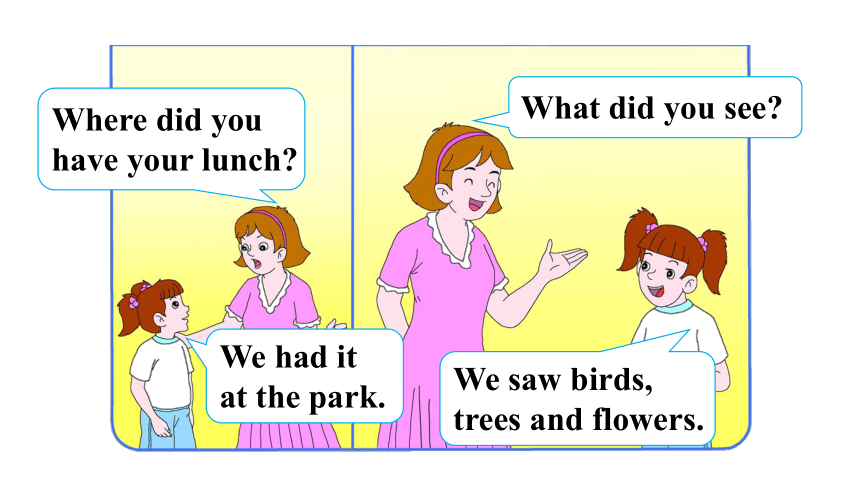
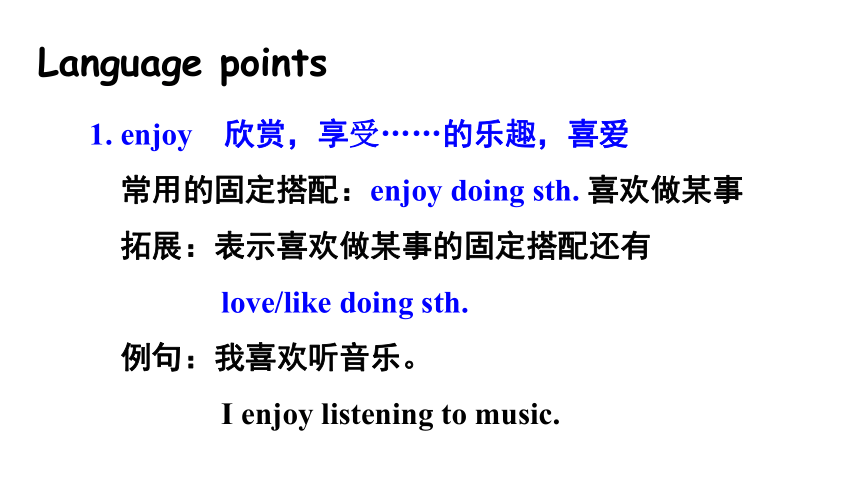
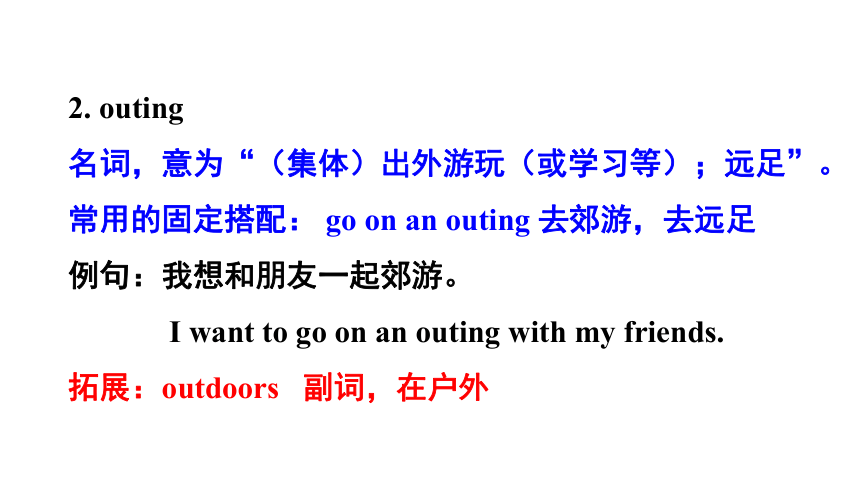
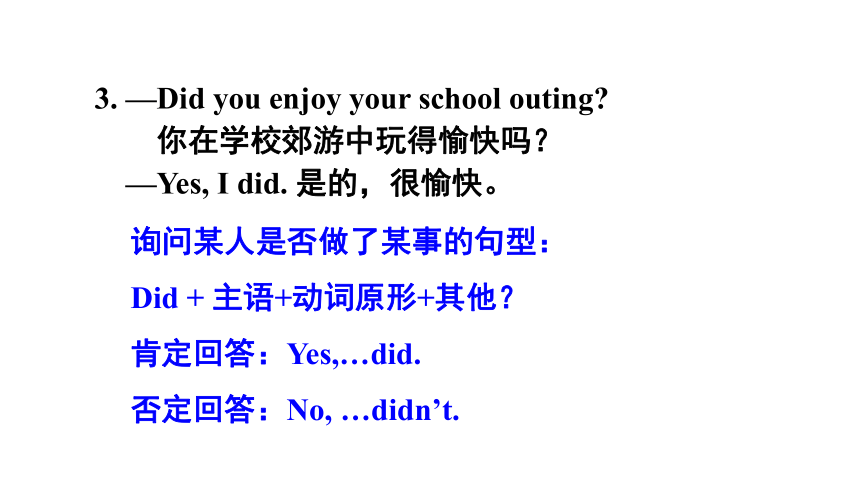
文档简介
(共44张PPT)
Unit
12
Where
did
you
go?
湘少版·五年级下册
森林
New
words
博物馆
笔记
提问;询问
问题
Let’s
listen
and
say
Mum!
I’m
home.
Did
you
enjoy
your
school
outing?
Yes,
I
did.
Where
did
you
go?
We
went
to
the
mountains.
Where
did
you
have
your
lunch?
We
had
it
at
the
park.
What
did
you
see?
We
saw
birds,
trees
and
flowers.
Language
points
1.
enjoy
欣赏,享受……的乐趣,喜爱
常用的固定搭配:enjoy
doing
sth.
喜欢做某事
拓展:表示喜欢做某事的固定搭配还有
love/like
doing
sth.
例句:我喜欢听音乐。
I
enjoy
listening
to
music.
2.
outing
名词,意为“(集体)出外游玩(或学习等);远足”。
常用的固定搭配:
go
on
an
outing
去郊游,去远足
例句:我想和朋友一起郊游。
I
want
to
go
on
an
outing
with
my
friends.
拓展:outdoors
副词,在户外
询问某人是否做了某事的句型:
Did
+
主语+动词原形+其他?
肯定回答:Yes,…did.
否定回答:No,
…didn’t.
3.
—Did
you
enjoy
your
school
outing?
你在学校郊游中玩得愉快吗?
—Yes,
I
did.
是的,很愉快。
4.
Where
did
you
go?
这是一个询问对方曾去了什么地方的特殊疑问句,
本句型常常用一般疑问句。
句型结构:Where
+did+
主语+go?
答语:主语+
went
to
+地点名词。
例句:—Where
did
you
go
for
your
holiday?
—I
went
to
Changsha.
5.
What
did
you
see?
此句询问过去所做的事情。
句型:What
+
did
+
主语+动词原形+
其他
答语:主语+动词的过去式+其他
例句:—
What
did
you
do
yesterday?
—I
went
to
a
cinema
and
saw
a
film.
常与一般过去时连用的时间状语有:
yesterday
昨天
yesterday
morning
/
afternoon
/evening
昨天早上/中午/晚上
last
night/week/
month
/
year
昨晚/上周/上月/去年
Let’s
learn
go
to
the
forest
go
to
the
museum
make
notes
去森林
去博物馆
记笔记
take
pictures
ask
questions
listen
to
music
拍照
问问题
听音乐
Let’s
practise
Where
did
you
go
?
We
went
to
the
mountains.
What
did
you
do?
We
took
pictures.
Where
did
you
go?
Group
work
Where
did
you
go?
We
went
to
the
forest.
What
did
you
do?
We
saw
trees
and
collected
leaves.
Where
did
you
go?
We
went
to
the
museum.
What
did
you
do?
We
ask
questions
and
made
notes.
Where
did
you
go?
We
went
to
the
lake.
What
did
you
do?
We
took
pictures
and
listened
to
music.
Let’s
read
Last
Sunday,
Amy,
Jane
and
Anne
went
to
the
East
Lake.
The
weather
was
sunny
in
the
morning.
So
they
went
boating.
They
sang
on
the
boat
and
birds
listened
to
them.
After
boating,
they
went
to
a
little
brown
house.
The
little
brown
house
was
very
nice.
The
girls
had
lunch
there.
In
the
afternoon,
it
began
to
rain.
The
girls
could
not
go
out.
They
waited
in
the
house.
They
told
stories
to
each
other.
They
enjoyed
the
stories
very
much.
They
thought
it
was
an
interesting
day.
Number
the
pictures.
4
3
2
1
Language
points
1.
went
went
动词原形为go,在此处表示“去从事(某项活动或运动)”go
boating
去划船。
类似的表达方式:go
shopping
去购物
go
swimming
去游泳
go
skating
去滑冰
go
camping
去露营
2.
began
其原形begin
表示“开始”。
begin
to
do
sth.
开始做某事。
拓展:英语中的begin
与start
都有“开始”的意思,两
者常常可以互换。
例如:在我们学校8点整开始上课。
Classes
begin(start)
at
8:00
o’clock
in
our
school.
could
是情态动词can
的过去式,表示“能”,情态动词和动词原形一起使用,构成谓语部分。情态动词与not构成否定形式,情态动词提到主语前面构成疑问句。
例句:2
年前他会游泳。
He
could
swim
2
years
ago.
3.
could
Let’s
write
Write
the
correct
words
in
the
blanks.
made
notes
took
pictures
zoo
asked
questions
went
home
wild
animals
Last
Saturday,
my
friends
and
I
went
to
the
_______.
We
saw
many
______________
there.
We
saw
a
panda
and
we
____________.
We
__________
__________about
the
tiger
and
we
_____________.
At
12:00,
we
____________________.
went
home
zoo
wild
animals
took
pictures
asked
questions
made
notes
Let’s
have
fun
Group
work
1.
put
an
eraser
each
in
the
HOME
box.
2.
take
turns
to
throw
the
dice.
3.
Move
your
eraser
and
try
to
be
the
winner.
Let’s
play
a
game.
WINNER
finish
RETURN
HOME
start
Post
office
Market
Museum
RETURN
HOME
Park
Lake
River
Mountain
Palace
RETURN
HOME
Zoo
Public
Library
Restaurant
Where
did
you
go?
I
went
to
the
museum.
Where
did
you
go?
I
went
to
the
zoo.
Let’s
know
more
Famous
places
in
Beijing
Tian’anmen
Square
This
is
a
square
in
the
centre
of
Beijing.
Tourists
from
all
over
the
world
come
to
visit
it.
北京著名的地方
天安门广场
这是位于北京市中心的一个广场。来自世界各地的游客前来参观。
The
Great
Wall
The
Great
Wall
is
over
2000
years
old.
It
is
in
the
north
of
China.
长城
长城
长城有两千多年的历史。它在中国的北部。
The
Palace
Museum
The
Palace
Museum
is
the
largest
museum
in
China.
There
are
more
than
1
000
000
art
works
in
it.
故宫博物馆
故宫博物馆是中国最大的博物馆。里面有一百多万件艺术藏品。
Beihai
Park
is
one
of
the
oldest
Chinese
garden.
Many
water
birds
come
to
the
lake
and
people
enjoy
a
ride
in
little
boats
on
the
lake.
Beihai
Park
北海公园
北海公园是中国最古老的园林之一。许多水鸟来到湖边,人们喜欢乘坐小船在湖上行驶。
Unit
12
Where
did
you
go?
湘少版·五年级下册
森林
New
words
博物馆
笔记
提问;询问
问题
Let’s
listen
and
say
Mum!
I’m
home.
Did
you
enjoy
your
school
outing?
Yes,
I
did.
Where
did
you
go?
We
went
to
the
mountains.
Where
did
you
have
your
lunch?
We
had
it
at
the
park.
What
did
you
see?
We
saw
birds,
trees
and
flowers.
Language
points
1.
enjoy
欣赏,享受……的乐趣,喜爱
常用的固定搭配:enjoy
doing
sth.
喜欢做某事
拓展:表示喜欢做某事的固定搭配还有
love/like
doing
sth.
例句:我喜欢听音乐。
I
enjoy
listening
to
music.
2.
outing
名词,意为“(集体)出外游玩(或学习等);远足”。
常用的固定搭配:
go
on
an
outing
去郊游,去远足
例句:我想和朋友一起郊游。
I
want
to
go
on
an
outing
with
my
friends.
拓展:outdoors
副词,在户外
询问某人是否做了某事的句型:
Did
+
主语+动词原形+其他?
肯定回答:Yes,…did.
否定回答:No,
…didn’t.
3.
—Did
you
enjoy
your
school
outing?
你在学校郊游中玩得愉快吗?
—Yes,
I
did.
是的,很愉快。
4.
Where
did
you
go?
这是一个询问对方曾去了什么地方的特殊疑问句,
本句型常常用一般疑问句。
句型结构:Where
+did+
主语+go?
答语:主语+
went
to
+地点名词。
例句:—Where
did
you
go
for
your
holiday?
—I
went
to
Changsha.
5.
What
did
you
see?
此句询问过去所做的事情。
句型:What
+
did
+
主语+动词原形+
其他
答语:主语+动词的过去式+其他
例句:—
What
did
you
do
yesterday?
—I
went
to
a
cinema
and
saw
a
film.
常与一般过去时连用的时间状语有:
yesterday
昨天
yesterday
morning
/
afternoon
/evening
昨天早上/中午/晚上
last
night/week/
month
/
year
昨晚/上周/上月/去年
Let’s
learn
go
to
the
forest
go
to
the
museum
make
notes
去森林
去博物馆
记笔记
take
pictures
ask
questions
listen
to
music
拍照
问问题
听音乐
Let’s
practise
Where
did
you
go
?
We
went
to
the
mountains.
What
did
you
do?
We
took
pictures.
Where
did
you
go?
Group
work
Where
did
you
go?
We
went
to
the
forest.
What
did
you
do?
We
saw
trees
and
collected
leaves.
Where
did
you
go?
We
went
to
the
museum.
What
did
you
do?
We
ask
questions
and
made
notes.
Where
did
you
go?
We
went
to
the
lake.
What
did
you
do?
We
took
pictures
and
listened
to
music.
Let’s
read
Last
Sunday,
Amy,
Jane
and
Anne
went
to
the
East
Lake.
The
weather
was
sunny
in
the
morning.
So
they
went
boating.
They
sang
on
the
boat
and
birds
listened
to
them.
After
boating,
they
went
to
a
little
brown
house.
The
little
brown
house
was
very
nice.
The
girls
had
lunch
there.
In
the
afternoon,
it
began
to
rain.
The
girls
could
not
go
out.
They
waited
in
the
house.
They
told
stories
to
each
other.
They
enjoyed
the
stories
very
much.
They
thought
it
was
an
interesting
day.
Number
the
pictures.
4
3
2
1
Language
points
1.
went
went
动词原形为go,在此处表示“去从事(某项活动或运动)”go
boating
去划船。
类似的表达方式:go
shopping
去购物
go
swimming
去游泳
go
skating
去滑冰
go
camping
去露营
2.
began
其原形begin
表示“开始”。
begin
to
do
sth.
开始做某事。
拓展:英语中的begin
与start
都有“开始”的意思,两
者常常可以互换。
例如:在我们学校8点整开始上课。
Classes
begin(start)
at
8:00
o’clock
in
our
school.
could
是情态动词can
的过去式,表示“能”,情态动词和动词原形一起使用,构成谓语部分。情态动词与not构成否定形式,情态动词提到主语前面构成疑问句。
例句:2
年前他会游泳。
He
could
swim
2
years
ago.
3.
could
Let’s
write
Write
the
correct
words
in
the
blanks.
made
notes
took
pictures
zoo
asked
questions
went
home
wild
animals
Last
Saturday,
my
friends
and
I
went
to
the
_______.
We
saw
many
______________
there.
We
saw
a
panda
and
we
____________.
We
__________
__________about
the
tiger
and
we
_____________.
At
12:00,
we
____________________.
went
home
zoo
wild
animals
took
pictures
asked
questions
made
notes
Let’s
have
fun
Group
work
1.
put
an
eraser
each
in
the
HOME
box.
2.
take
turns
to
throw
the
dice.
3.
Move
your
eraser
and
try
to
be
the
winner.
Let’s
play
a
game.
WINNER
finish
RETURN
HOME
start
Post
office
Market
Museum
RETURN
HOME
Park
Lake
River
Mountain
Palace
RETURN
HOME
Zoo
Public
Library
Restaurant
Where
did
you
go?
I
went
to
the
museum.
Where
did
you
go?
I
went
to
the
zoo.
Let’s
know
more
Famous
places
in
Beijing
Tian’anmen
Square
This
is
a
square
in
the
centre
of
Beijing.
Tourists
from
all
over
the
world
come
to
visit
it.
北京著名的地方
天安门广场
这是位于北京市中心的一个广场。来自世界各地的游客前来参观。
The
Great
Wall
The
Great
Wall
is
over
2000
years
old.
It
is
in
the
north
of
China.
长城
长城
长城有两千多年的历史。它在中国的北部。
The
Palace
Museum
The
Palace
Museum
is
the
largest
museum
in
China.
There
are
more
than
1
000
000
art
works
in
it.
故宫博物馆
故宫博物馆是中国最大的博物馆。里面有一百多万件艺术藏品。
Beihai
Park
is
one
of
the
oldest
Chinese
garden.
Many
water
birds
come
to
the
lake
and
people
enjoy
a
ride
in
little
boats
on
the
lake.
Beihai
Park
北海公园
北海公园是中国最古老的园林之一。许多水鸟来到湖边,人们喜欢乘坐小船在湖上行驶。
同课章节目录
- Unit 1 We are going to read stories.
- Unit 2 We are going to do some research.
- Unit 3 Let's make a kite.
- Assessment Ⅰ
- Unit 4 Don't talk here.
- Unit 5 When’s your birthday?
- Unit 6 I'll make a beautiful card.
- Assessment Ⅱ
- Unit 7 There's a post office near my school.
- Unit 8 Can you show me the way to the xin hua Hote
- Unit 9 He's kind to Children.
- Assessment Ⅲ
- Unit 10 Where were you yesterday?
- Unit 11 Who was first?
- Unit 12 Where did you go?
- Assessment Ⅳ
